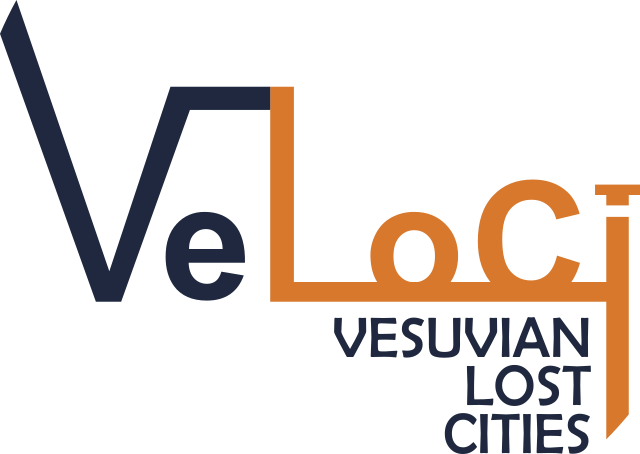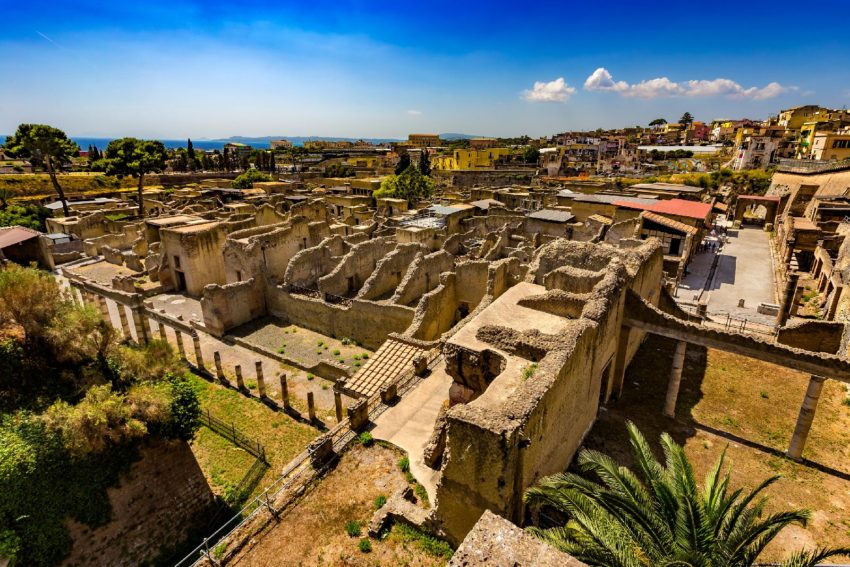New VeLoCi's on-site exploration: National Archaeological Museum of Naples
VeLoCi’s on-site explorations have resumed. On the morning of May 7, our Research Team dived deep into the National Archaeological Museum of Naples collections to closely examine the archaeological artefacts from the Vesuvian lost cities.
The visit began in the Roman Campania section, where we focused on marble and bronze sculptures, inscriptions, and wall decorations originating from the Vesuvian cities—some of which were already known before the start of the Bourbon-era excavations. Particularly noteworthy were the artifacts from public monuments in ancient Herculaneum, such as the Forum, the Basilica Noniana, and the Theatre.
We then moved on to the Farnese Collection, which, although not directly related to the Vesuvian sites, holds crucial importance for themes such as antiquarian interest, proto-archaeology, and the influence of the past on art and architecture in the early modern period.
Our visit continued with the Mosaics section, where we took a closer look at masterpieces from private residences in the Vesuvian sites, including the renowned House of the Faun (Italian: Casa del Fauno) and the Villa of the Mosaic Columns (Italian: Villa delle colonne a mosaico) in Pompeii.
Upstairs, we admired the majestic cork model of Pompeii, an impressive technical feat conceived by Giuseppe Fiorelli, director of the excavations from 1861 and of the Museum from 1863. Inaugurated in 1879 and later expanded, the model offers a comprehensive miniature view of the archaeological area, as uncovered up until the early decades of the 20th century.
Our immersion into the material culture of the buried cities continued in the Daily Life Objects from the Vesuvian Area section, which features furnishings, tools, and pottery, long a source of fascination for explorers and scholars.
We then explored the Frescoes section, a remarkable compendium of Roman paintings from the Vesuvian area, including many pieces discovered during the early Bourbon excavations, when the frescoes were often removed from their walls, sometimes hastily. Highlights included pieces from the Villa Arianna in Stabiae.
The on-site exploration concluded with a highly engaging tour of the Museum’s Conservation and Restoration Laboratory, thanks to the generosity of the head conservator, Maria Teresa Operetto. Our exchanges with several restorers updated us on ongoing restoration efforts and allowed us to closely examine some works from the metal and painting sections.
Click on this image to see the photo gallery.
Previous explorations
VeLoCi's on-site explorations are back, this time from Pompeii
Discovering Vesuvius with the colleagues of the Storia e Clima research seminar
VeLoCi's on-site inspections continuing: from Boscoreale to Torre Annunziata
Starting the VeLoCi team's explorations on the sites of the lost cities











